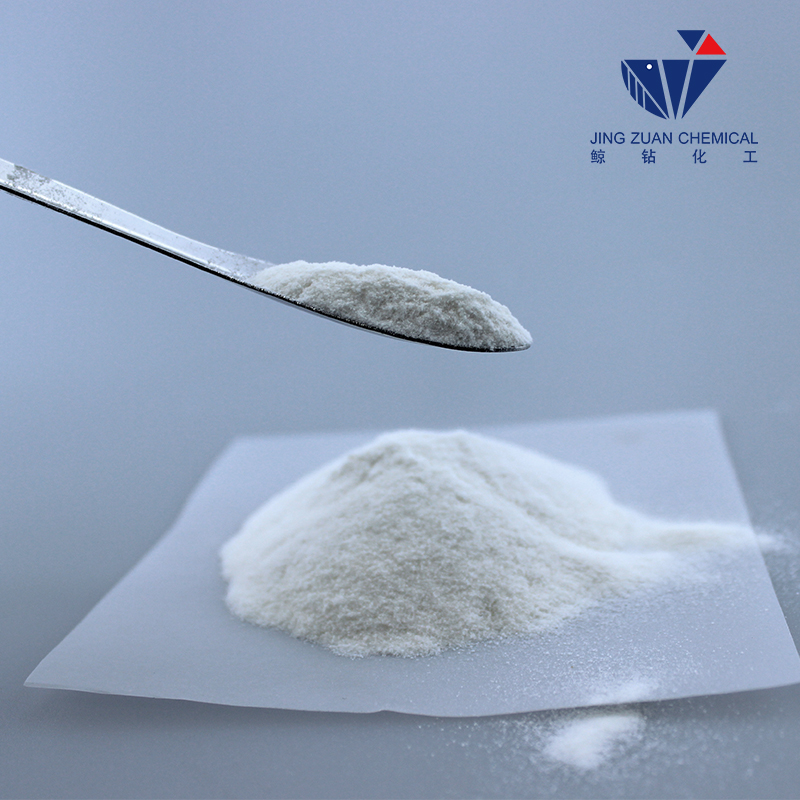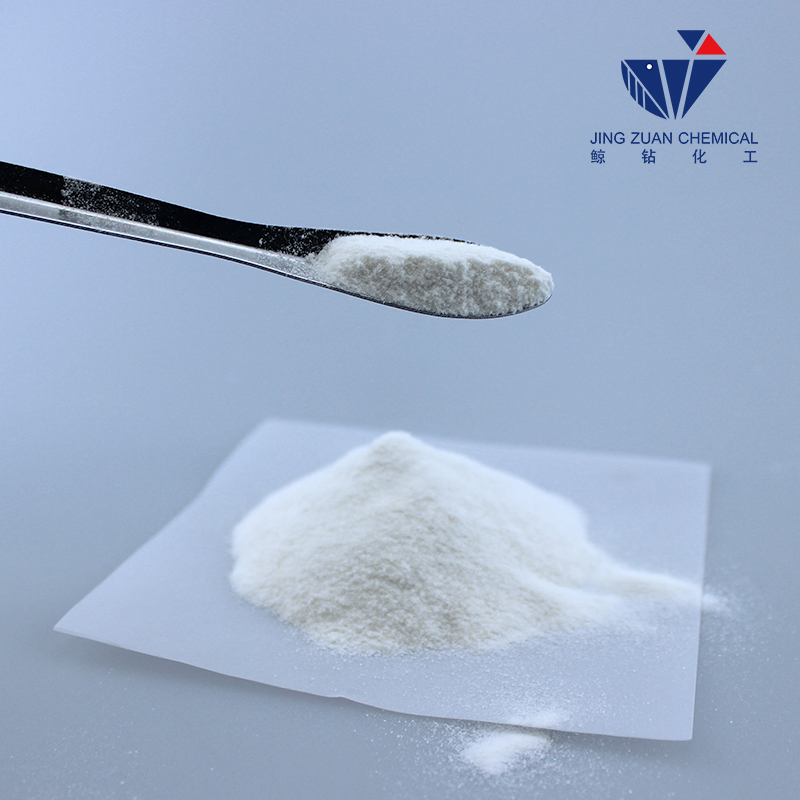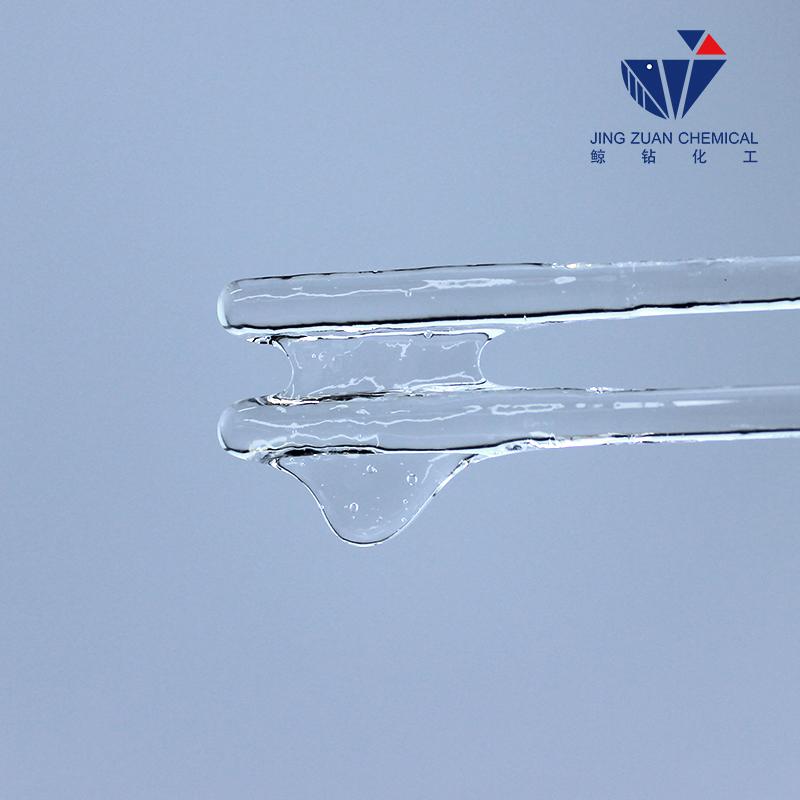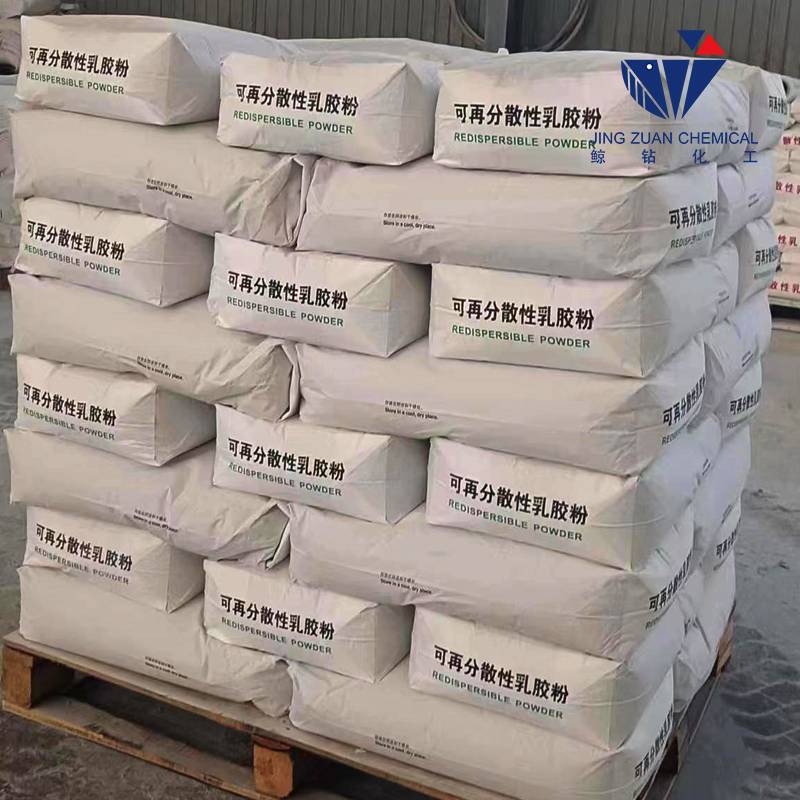
آگوست . 21, 2024 12:43 Back to list
Understanding the HPMC Full Form and Its Applications in Various Industries
Understanding HPMC Full Form and Significance
Hydroxypropyl Methylcellulose (HPMC) is a cellulose derivative that has become increasingly significant in various industries due to its unique properties and versatility. To fully appreciate the role of HPMC, it is essential to break down its full form, understand its characteristics, and explore its numerous applications.
What is HPMC?
HPMC is composed of hydroxypropyl and methyl substituents attached to the cellulose backbone, which is derived from natural sources like wood pulp or cotton. This chemical modification enhances the solubility of cellulose, making HPMC a water-soluble polymer. The chemical structure of HPMC varies depending on the ratio of hydroxypropyl and methyl groups, leading to different grades of HPMC, each designed for specific applications.
Properties of HPMC
One of the primary reasons for HPMC’s widespread use is its unique physical and chemical properties. HPMC is known for its excellent film-forming capacity, viscosity enhancement, and water retention abilities. It is non-toxic, biodegradable, and has a stable performance in a wide range of pH levels, which makes it suitable for various formulations. Its thermal stability and ability to gel at certain temperatures add to its versatility, allowing it to be used in both food and pharmaceutical products.
Applications of HPMC
hpmc full form

1. Pharmaceutical Industry HPMC is extensively used in the pharmaceutical sector as a binding agent in drug formulations. Its ability to enhance the viscosity of solutions makes it an ideal choice for controlling the release of active ingredients in controlled-release tablets. Additionally, HPMC is employed as a thickening agent in various topical and ophthalmic formulations, ensuring effective delivery of medication.
2. Food Industry In the food sector, HPMC serves multiple purposes, including acting as a thickener, emulsifier, and stabilizer. It is commonly found in gluten-free products, providing the necessary texture and mouthfeel. Its water retention properties help retain moisture in baked goods, extending their shelf life and improving their overall quality.
3. Construction HPMC is a critical additive in cement and plaster formulations. It improves the workability and adhesion of construction materials, leading to more robust and durable products. Additionally, HPMC helps control the drying time and consistency of mortars and tile adhesives, ensuring easier application and better performance.
4. Cosmetics and Personal Care HPMC is also utilized in the cosmetics and personal care industry. It acts as a thickening agent in lotions and creams, ensuring an appealing texture. Its film-forming properties make it a popular ingredient in hair styling products, contributing to hold and shine.
5. Agriculture In agricultural applications, HPMC can be used as a biodegradable carrier for pesticides and fertilizers, promoting more efficient delivery and reducing environmental impact.
Conclusion
Hydroxypropyl Methylcellulose (HPMC) plays an invaluable role across various industries due to its diverse properties and functionalities. Understanding the full form and significance of HPMC allows us to appreciate its contributions to modern applications, from pharmaceuticals and food products to construction materials and cosmetics. As research continues to explore the potential of HPMC, it is likely that its applications will expand, further solidifying its status as an essential material in numerous fields.
-
Why HPMC is a Key Additive in Wall Putty Formulations
NewsAug.05,2025
-
Redispersible Powder in Decorative Renders: Function Meets Finish
NewsAug.05,2025
-
Redispersible Powder for Interior Wall Putty: Smooth Results Every Time
NewsAug.05,2025
-
HPMC’s Water Retention Capacity in Dry Mortar Applications
NewsAug.05,2025
-
HPMC Factory Contributions to Liquid Detergents
NewsAug.05,2025
-
How HPMC Factory Products Change Detergent Textures
NewsAug.05,2025







